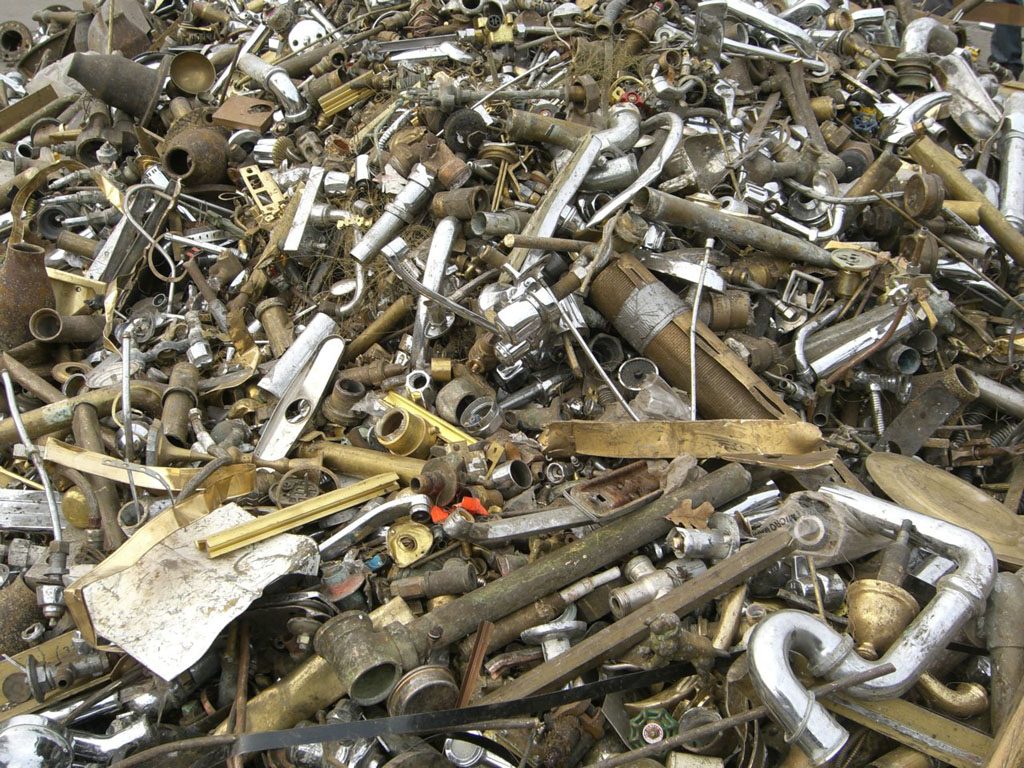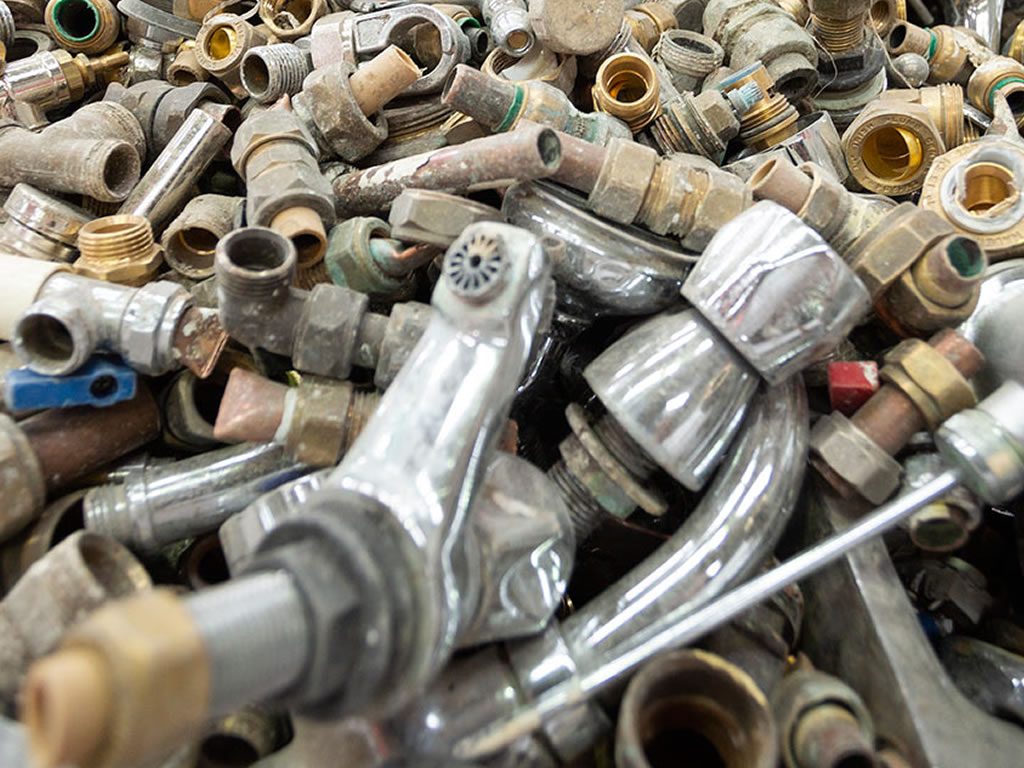
Brass is widely worked on our production line. From that component are produced metallic alloys which, developed as alternatives to the use of some metals, make it easier and widely viable the industrial production.
In this context we refer to brass as a metal alloy composed by combining copper with zinc atoms.
Brass has been used since prehistoric times, featuring quite peculiar features such as:
- Great malleability;
- Good conductor of heat;
- Good conductor of electrical current;
- Good resistance to corrosion and high resistance to mechanical shocks.
Brass can also be forged, cast, laminated and cold drawn more easily than its original metals copper and zinc separately.

The proportion of copper is predominant in brass, with an average of over 50% of the total alloy.
Zinc, on the other hand, makes up between 5 and 45% of brass, a percentage that
determines some important characteristics of this alloy.
Brass’ applications can be numerous, comprising a number of industrial segments.
It can be applied in the manufacture of condenser tubes, weapons, ammunition cartridges, taps, rivets, radiator cores, wind musical instruments, medical and surgical devices, ornaments, jewelry, costume jewelry, electrical terminals, pots, bowls, coins, bolts, wires, rebar, valves, wheels and others.
Due to its high corrosion resistance, brass is also widely used in the production of boat parts.
